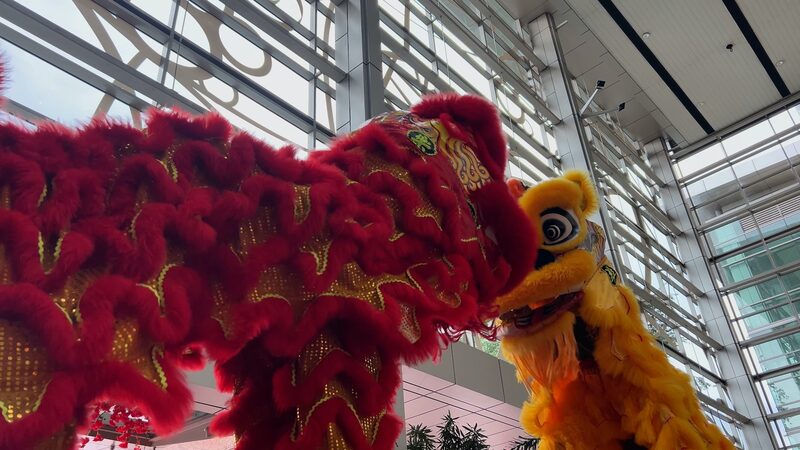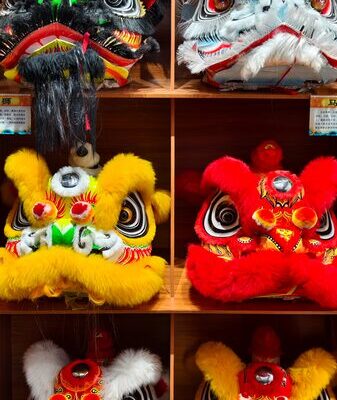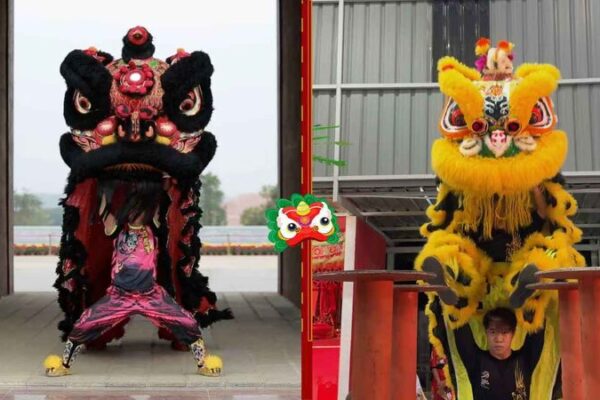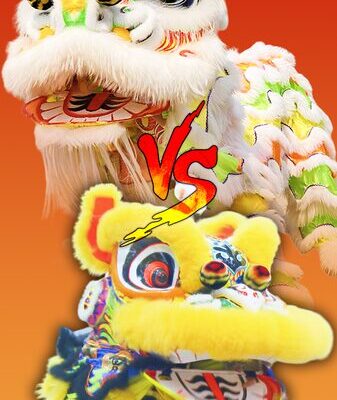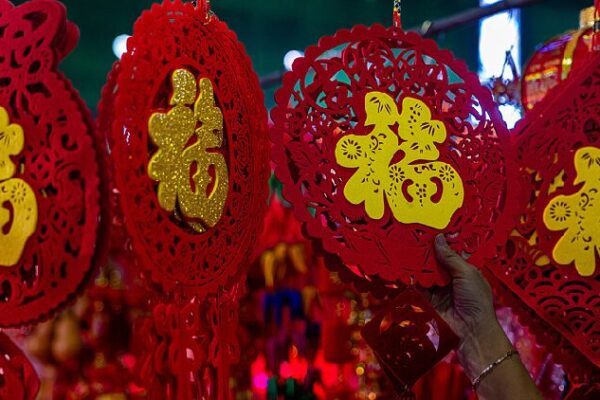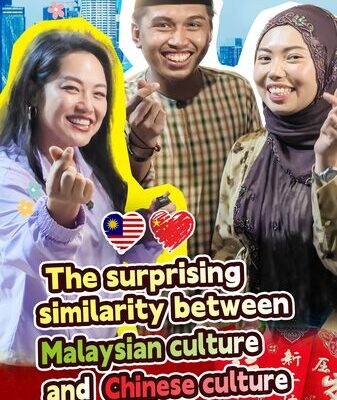The lion dance, a vibrant and dynamic tradition, has become a cultural bridge connecting the Chinese mainland and Malaysia. More than just a festive performance, it symbolizes the deep-rooted ties and shared heritage between the two regions.
Originating from ancient Chinese folklore, the lion dance was brought to Malaysia by Chinese immigrants centuries ago. Over time, it has woven itself into the multicultural fabric of Malaysian society, celebrated by people of various backgrounds during festivals and significant events.
“Every beat of the drum and movement of the lion tells a story of our ancestors,” says Li Wei, a young lion dancer from Kuala Lumpur. “It’s not just about preserving a tradition; it’s about embracing our history and sharing it with others.”
The performance involves acrobatic feats, synchronized movements, and vivid costumes, captivating audiences and fostering mutual appreciation. It acts as a dialogue between cultures, transcending language barriers and promoting unity.
In recent years, collaborative efforts between lion dance troupes from the Chinese mainland and Malaysia have further strengthened this cultural connection. Joint performances and workshops have provided platforms for exchange, learning, and fostering friendships.
The lion dance stands as a testament to how tradition can thrive when nurtured by respect and passion. As young people from both regions continue to embrace and evolve this art form, they keep the legacy alive, ensuring that the lion dance remains a roaring symbol of cultural unity.
Reference(s):
cgtn.com
